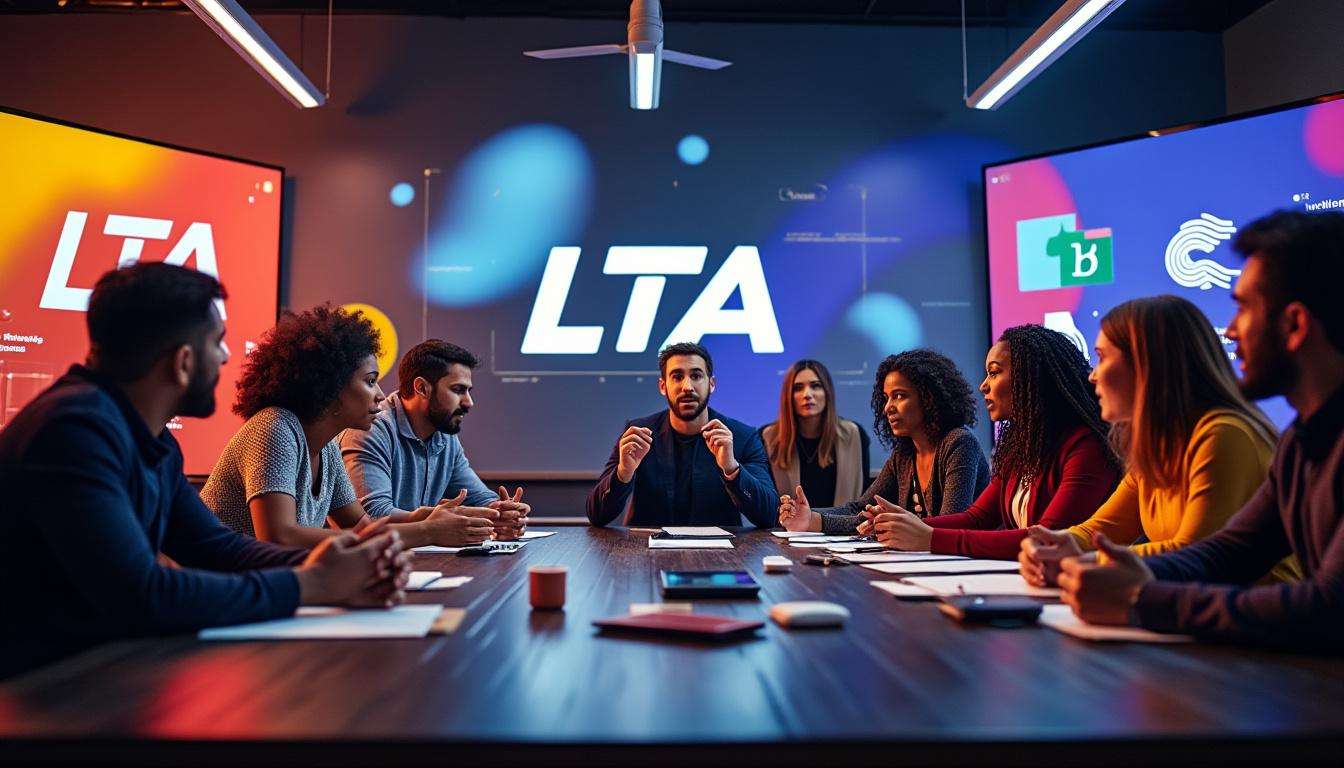The rebranding of Riot Games’ League of Legends Americas (LTA) league has stirred a significant wave of discussion among players, fans, and industry stakeholders. After merging prominent regional leagues like the LCS and CBLOL, Riot sought to craft a fresh identity and elevate the esports experience in the Americas. Yet, consumer perception has been a mixed bag. Here, we unpack the marketing strategies behind the LTA rebranding, how public relations have managed community expectations, and the tangible outcomes emerging from this bold move.
Riot Games’ Strategic Marketing Behind the LTA Branding Refresh
Riot Games launched the LTA as a sweeping initiative designed to unify diverse competitive landscapes under one banner. The rebranding aimed to:
- Create a cohesive identity that blends the passion of North, South, and Latin American esports audiences.
- Modernize the league’s image with streamlined visual design and communication to appeal to younger generations.
- Drive growth across multiple markets through a consolidated schedule and clearer season structure.
- Strengthen sponsorship appeal by offering a more predictable and engaging content pipeline.
Behind the scenes, Riot’s marketing team invested heavily in research to anticipate how these changes might influence consumer perception. They wanted to harness nostalgia for past leagues while pushing forward with an identity that reflects contemporary esports trends.
Challenges Encountered in LTA’s Public Relations and Community Engagement
Despite careful planning, Riot’s public relations squad had to address several contentious points raised by the community early on:
- Confusion over the new format: Fans struggled to grasp the three-split season and altered playoff mechanics.
- Perceived loss of legacy: Longtime followers felt the LTA diluted cherished regional characteristics and rivalries.
- Declining viewership spikes: Initial broadcasts experienced low numbers compared to older formats, raising concerns.
In response, Riot engaged in open dialogues with stakeholders, offering transparency on the rationale and future iterations. They also launched educational campaigns to better communicate about the LTA structure, hoping to gradually rebuild trust and enthusiasm.
Outcomes and Forward-Looking Impact of Riot Games’ LTA Rebranding on the Esports Ecosystem
Now months into the LTA rollout, the outcomes present a multifaceted picture. Key impacts include:
- Enhanced cross-regional competition: The combined league has fostered fresh rivalries, enriching the spectator experience.
- Market expansion: New sponsorships and partnerships have tapped into Latin American markets more effectively than previous isolated leagues.
- Feedback-informed adjustments: Riot has announced format tweaks for upcoming splits, demonstrating agility and responsiveness.
- Improved fan education: Marketing efforts have helped clarify league identity and competitive stakes.
While not every fan is convinced, stakeholders acknowledge that rebranding outcomes are evolving. The journey spotlights how high-profile esports entities must balance innovation with respect for community heritage.
Stakeholder Perspectives and The Broader Significance of the LTA Identity Shift
Stakeholders spanning from players and teams to sponsors have expressed diverse viewpoints on LTA’s branding transformation:
- Players: Appreciate the increased visibility but seek clearer communication on competitive adjustments.
- Teams: See value in unifying regional scenes yet push for enhanced regional representation.
- Sponsors: Value the expanded reach but demand consistent engagement metrics.
- Fans: Exhibit a spectrum of responses, from nostalgic attachment to hopeful anticipation.
This broad feedback loop underscores the importance of adaptive marketing and consumer perception management in dynamic esports environments.
Learning From the LTA Rebranding: Key Takeaways for Future Esports Identity Projects
The LTA’s rebranding journey offers invaluable lessons for Riot Games and the broader esports sector regarding effective brand evolution:
- Clearly communicate changes to avoid alienating loyal audiences.
- Involve community voices early in the branding process to cultivate ownership and favorability.
- Use marketing campaigns strategically to balance legacy respect and future growth ambitions.
- Remain agile in making format and branding adjustments based on stakeholder feedback.
Ultimately, the LTA experience reflects how identities shaping competitive gaming must evolve with care and ongoing dialogue.

